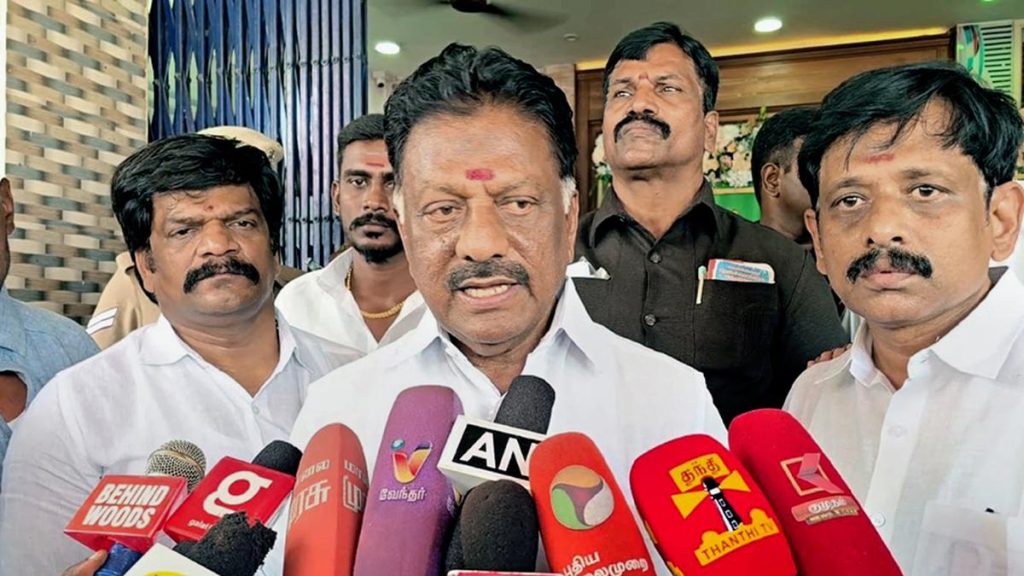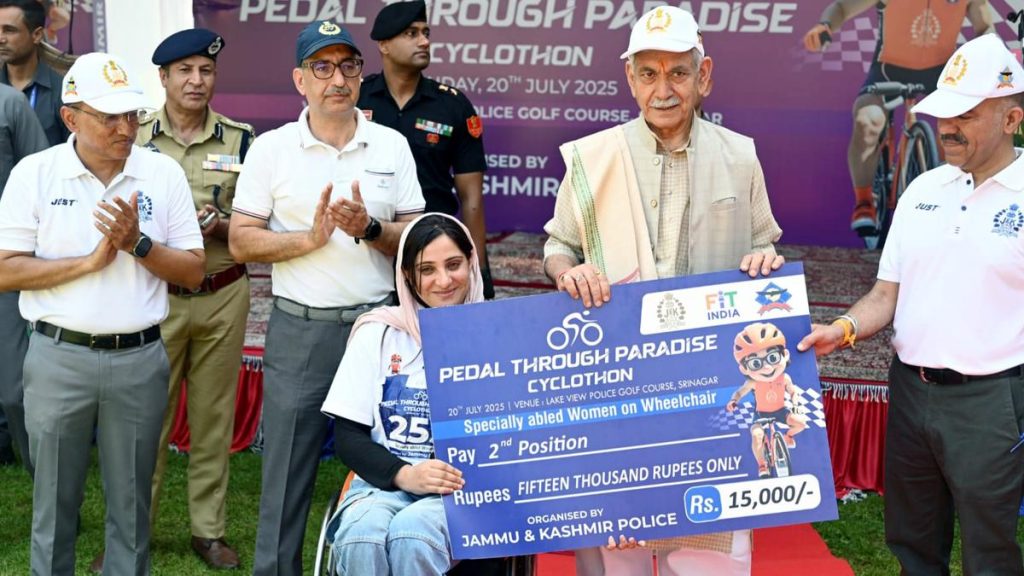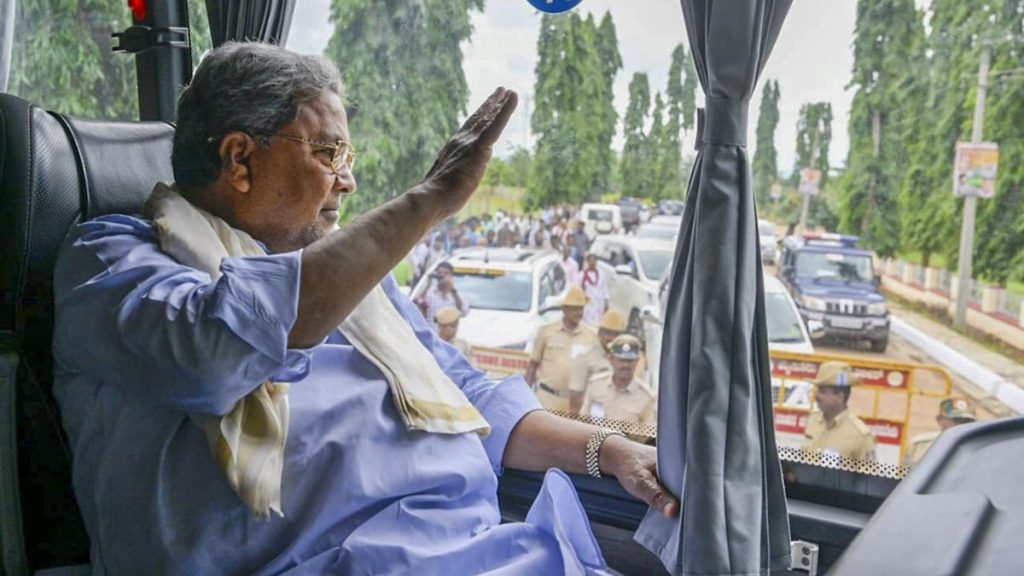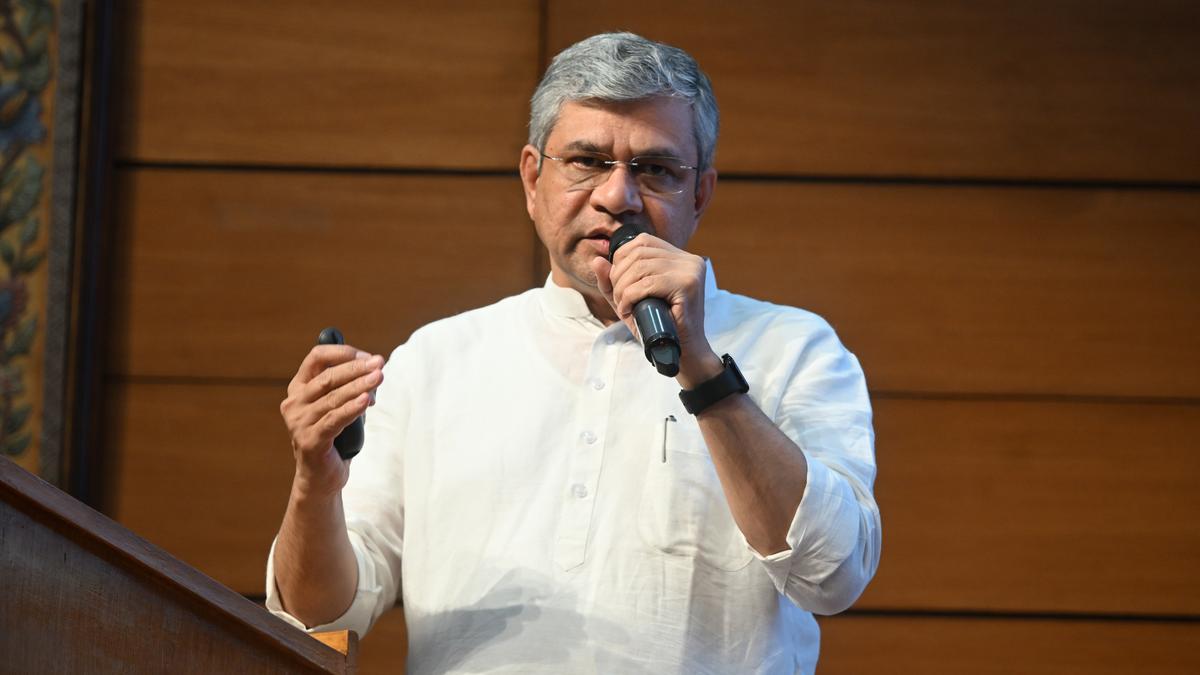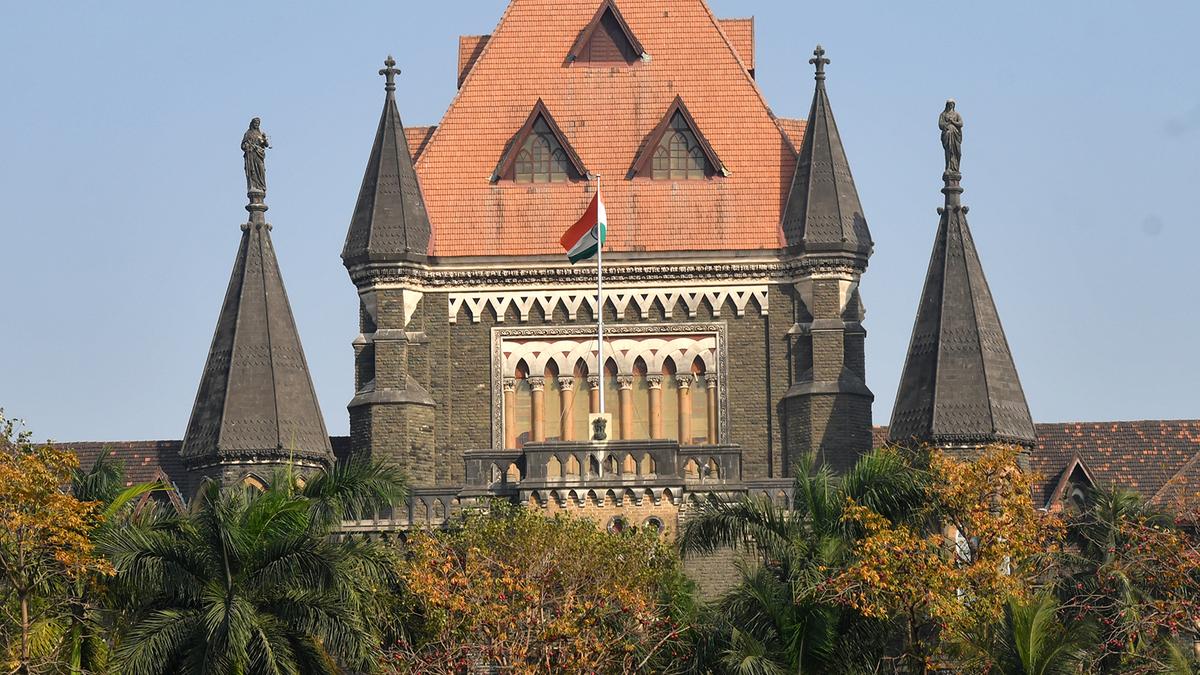Now Reading: How Non-Native Trees Are Impacting Urban Birdlife
-
01
How Non-Native Trees Are Impacting Urban Birdlife
How Non-Native Trees Are Impacting Urban Birdlife
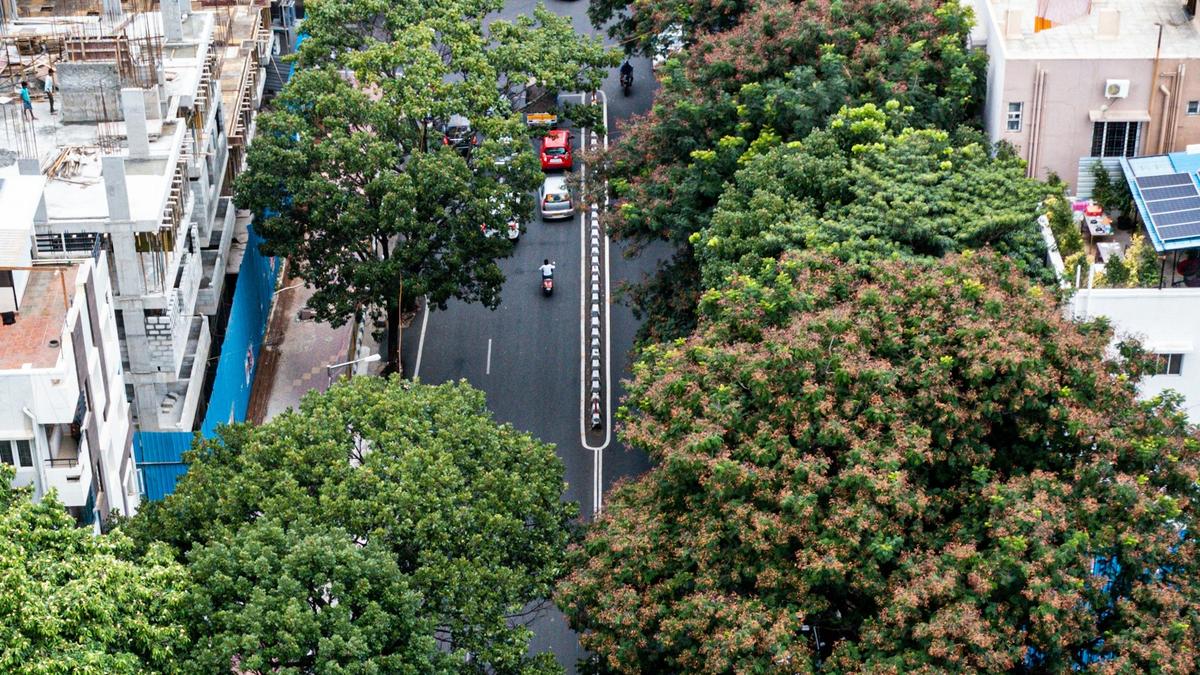
Quick Summary
- Rising heat and reduced green cover due to climate change are considerably impacting lives in tropical countries, especially in rapidly urbanizing cities like Bengaluru.
- A study by IIHS researchers examined the effects of urban heat stress and declining tree cover on bird diversity using eBird records and satellite data.
- Findings indicate that biodiversity is higher in cooler areas with less heat but declines drastically in urban heat islands (areas unusually warmer than their surroundings).
- Birds reliant on grasslands or human-modified habitats fare better with reduced tree cover, contrasting with studies elsewhere showing positive links between green spaces and biodiversity.
- Simplistic afforestation measures using non-native species like Jacaranda or Tabebuia hinder local biodiversity; currently, 77% of Bengaluru’s tree cover consists of exotic species detrimental to ecology.
- Historical land-use types such as savannahs and wetlands are often ignored during restoration efforts,leading to further habitat loss for dependent species.
- Researchers emphasize eco-conscious strategies tailored to local history: reclaiming wetlands, planting native vegetation including grasses/shrubs alongside trees, and ensuring equitable access to green spaces.
Indian Opinion Analysis
The study on Bengaluru’s urban biodiversity provides an crucial reminder about the nuances of ecological restoration. The findings indicate that broad-brush approaches like non-native afforestation can exacerbate ecological issues rather than resolve them. India’s cities must account for historical ecosystems – such as savannahs, scrublands, or wetlands – when shaping conservation policies rather of focusing solely on increasing forested spaces.Such measures could prevent fragmentation while promoting native flora that inherently supports dependent fauna.
Additionally, tackling ecological inequities is critical for urban heat mitigation strategies.Poorer communities disproportionately bear the brunt of rising temperatures caused by reduced tree cover and shrinking access to open green spaces. This calls for integration of small-scale local greenery projects alongside larger city-wide policies targeting both biodiversity enhancement and reduction of thermal stress.
Biodiversity management should evolve towards a principle-based framework suited specifically to India’s varied regional ecologies rather than generic solutions borrowed from other landscapes. Cities face mounting challenges from climate change – adaptive solutions will be key not only for sustaining biodiversity but also improving human quality of life amid persistent environmental changes.


